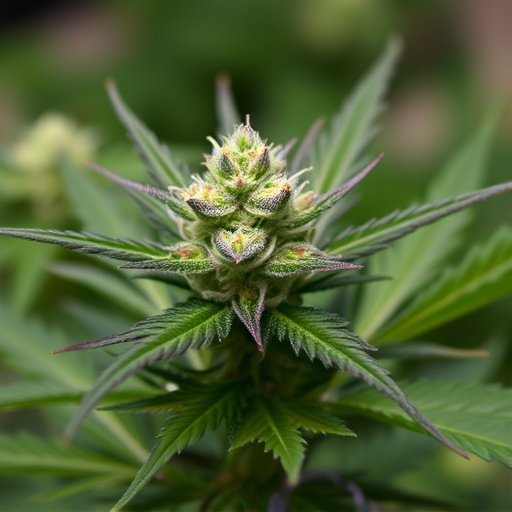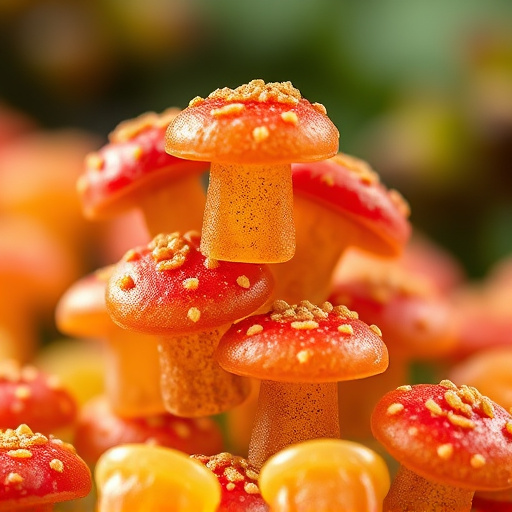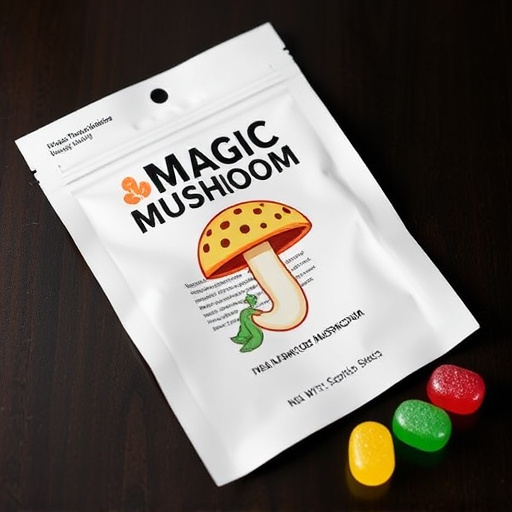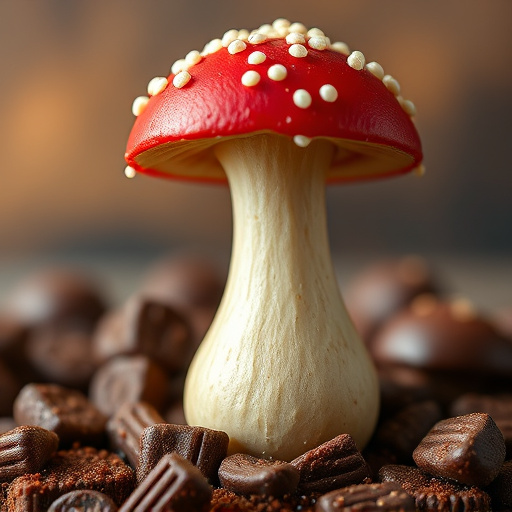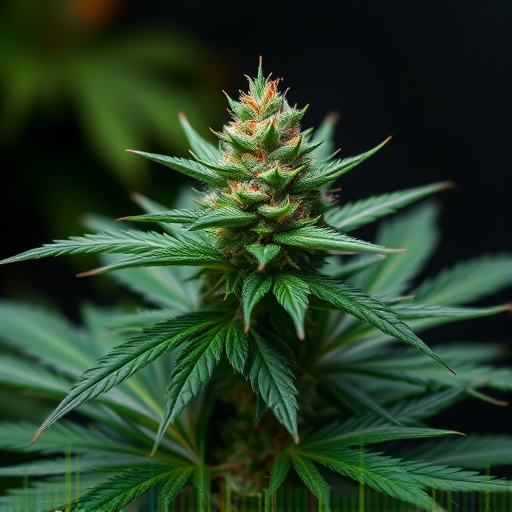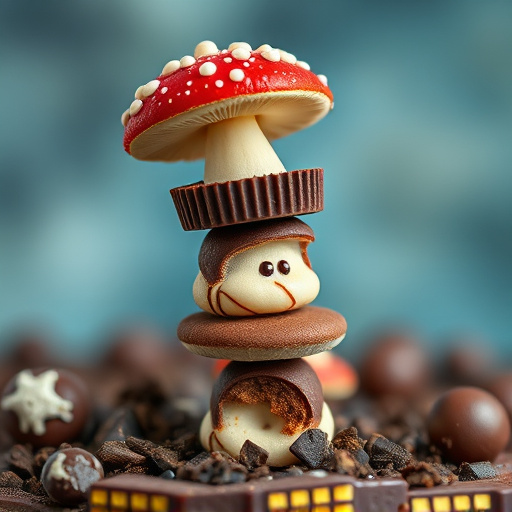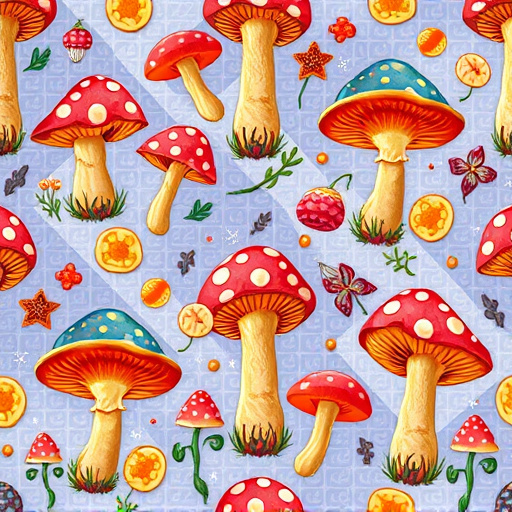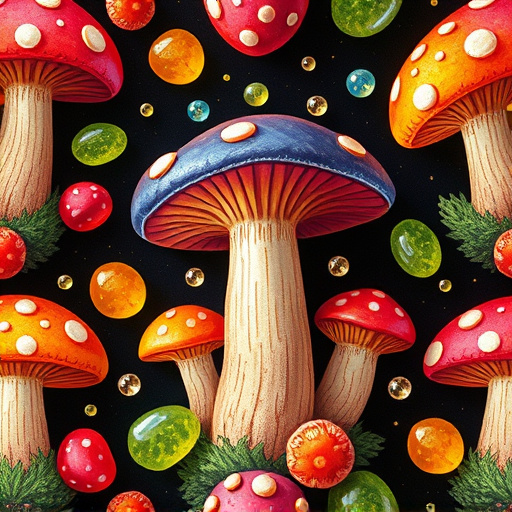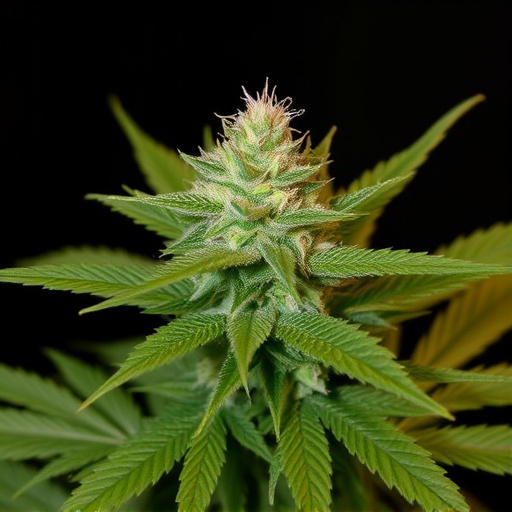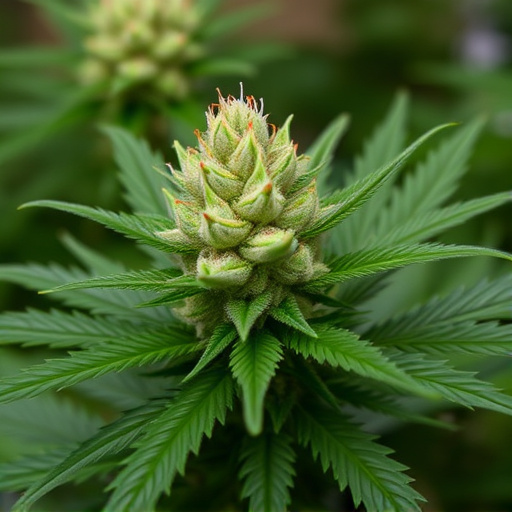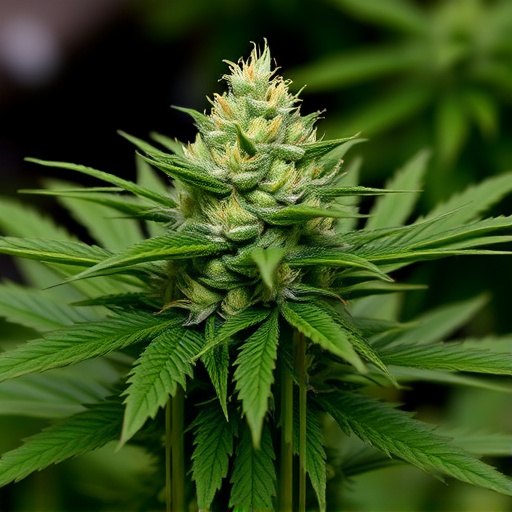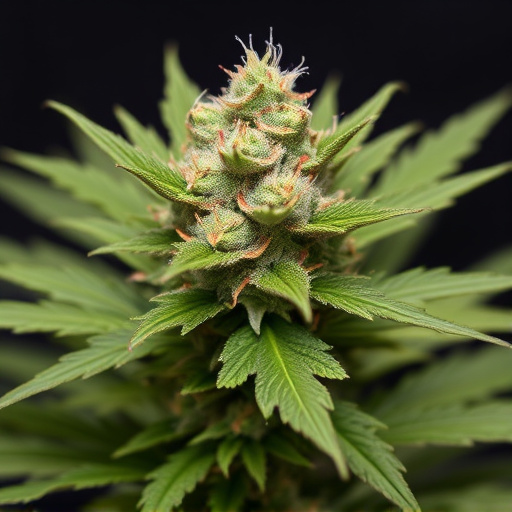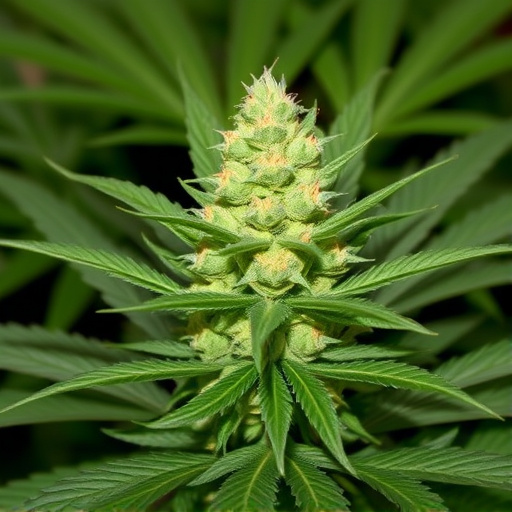Cannabis curing, a critical yet often overlooked step, significantly enhances flower quality, aroma, flavor, and potency by controlling humidity and temperature. In 2016, as the popularity of the top ten cannabis strains grew, so did the focus on advanced curing techniques to maximize their potential. This meticulous process involves drying buds for a week at 65°F (18°C), then curing them in airtight containers for 2-4 weeks with controlled humidity (40%–50%) and regular turning to preserve terpenes and boost THC levels, especially in high-THC strains from the prominent 2016 varieties.
“Uncover the secrets behind maximizing cannabis flower potency with a crucial process known as curing. This comprehensive guide explores whether curing enhances or simply stabilizes the power of your favorite strains. From the top ten cannabis varieties in 2016, we delve into how each benefits from proper curing techniques. Learn the art of preserving and enhancing flavor, aroma, and effects through time-honored methods. Discover best practices to ensure your cured cannabis reaches its full potential, offering an elevated experience for discerning users.”
- Understanding Cannabis Curing and Its Impact on Potency
- Top Ten Cannabis Strains in 2016 and Their Potential Benefits from Curing
- Best Practices for Curing Cannabis Flowers to Maximize Potency
Understanding Cannabis Curing and Its Impact on Potency
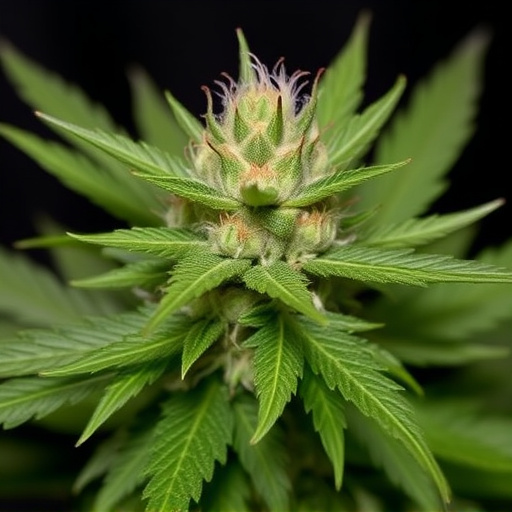
Cannabis curing is a process that involves gradually drying and storing harvested cannabis flowers to optimize their flavor, aroma, and potency. This method, often overlooked but crucial, significantly influences the final product’s quality. By controlling humidity and temperature over time, curers can enhance terpenes, which are responsible for cannabis’s unique scents and potential therapeutic effects. Moreover, curing promotes the conversion of less potent cannabinoids like THCA into more desirable THC, boosting overall potency.
In 2016, when the top ten cannabis strains were dominating the market, understanding curing techniques was already gaining traction among cultivators aiming to elevate their products. Today, advanced curing methods are being explored and perfected, ensuring that each strain reaches its peak potential. This focus on curing not only enhances the enjoyment of cannabis consumers but also highlights the intricate relationship between cultivation practices and the final potency of these popular strains.
Top Ten Cannabis Strains in 2016 and Their Potential Benefits from Curing
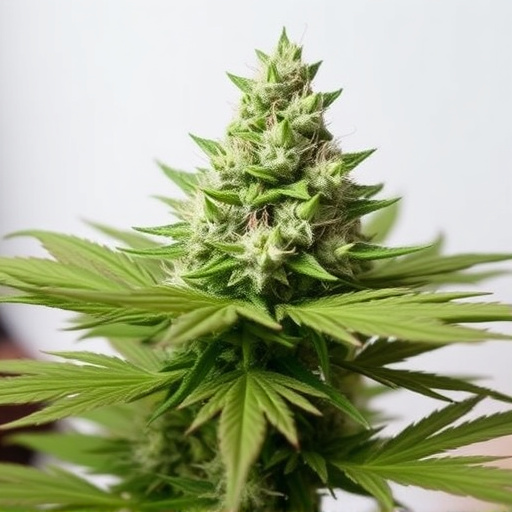
In 2016, several cannabis strains gained prominence for their unique characteristics and potential therapeutic benefits. When discussing the impact of curing on potency, these top ten strains offer valuable insights. The process of curing, which involves drying and storing cannabis flowers over a period, has been shown to enhance terpene production and concentrate levels, thereby increasing overall potency.
Strains like Blue Dream, known for its uplifting and relaxing effects, often saw an increase in THC content after careful curing. Similarly, Granddaddy Purple, renowned for its sedative properties, benefited from curing techniques, resulting in higher CBD-to-THC ratios and enhanced medicinal value. Other popular strains like Cherry Pie and Gelato also showcased improved potency attributes, making 2016 a significant year for cannabis enthusiasts seeking both recreational and medical benefits.
Best Practices for Curing Cannabis Flowers to Maximize Potency

Curing cannabis flowers is a crucial step in maximizing their potency and ensuring a top-quality final product. The process involves slowly reducing moisture content over time, allowing enzymes to further develop and concentrate cannabinoids like THC and CBD. Here are some best practices for curing cannabis flowers to elevate your harvest from good to great:
1. Start with Proper Drying: After harvesting, hang your cannabis buds in a cool, dark, and well-ventilated area. Maintain a consistent temperature around 65°F (18°C) and avoid direct sunlight. This initial drying phase should take about a week, reducing the flowers’ moisture content from 70% to around 50%.
2. Gradual Curing: Once the buds have reached a manageable level of dryness, transfer them to an airtight container or curing jar. Leave a small amount of space at the top for circulation. Store them in a cool place (still maintaining around 65°F) and check on them daily. During this stage, cure your flowers for approximately 2-4 weeks, slowly reducing moisture content further.
3. Regulate Humidity: Maintain an ideal humidity level between 40% and 50% inside the curing container. This range ensures that the flowers don’t dry out too much or become moldy. Using a digital hygrometer can help you monitor and adjust humidity as needed.
4. Turn Flowers Regularly: For even curing, turn the buds over every few days to ensure all sides are exposed to air. This prevents uneven drying and helps preserve terpenes, contributing to the flower’s aroma and flavor.
5. Choose the Right Strains: Among the top ten cannabis strains in 2016, those known for their potent profiles can benefit most from careful curing. High-THC varieties, such as Blue Dream or Girl Scout Cookies, will showcase their strength and complex aromas more vividly after proper curing.
In conclusion, while curing does play a role in enhancing cannabis flower potency, it’s not the only factor. As explored with the top ten cannabis strains of 2016 and best practices for curing, proper handling and storage techniques are equally vital. By following these guidelines, growers can optimize the benefits from curing, ensuring that each bud lives up to its full potential in terms of both potency and aroma.
